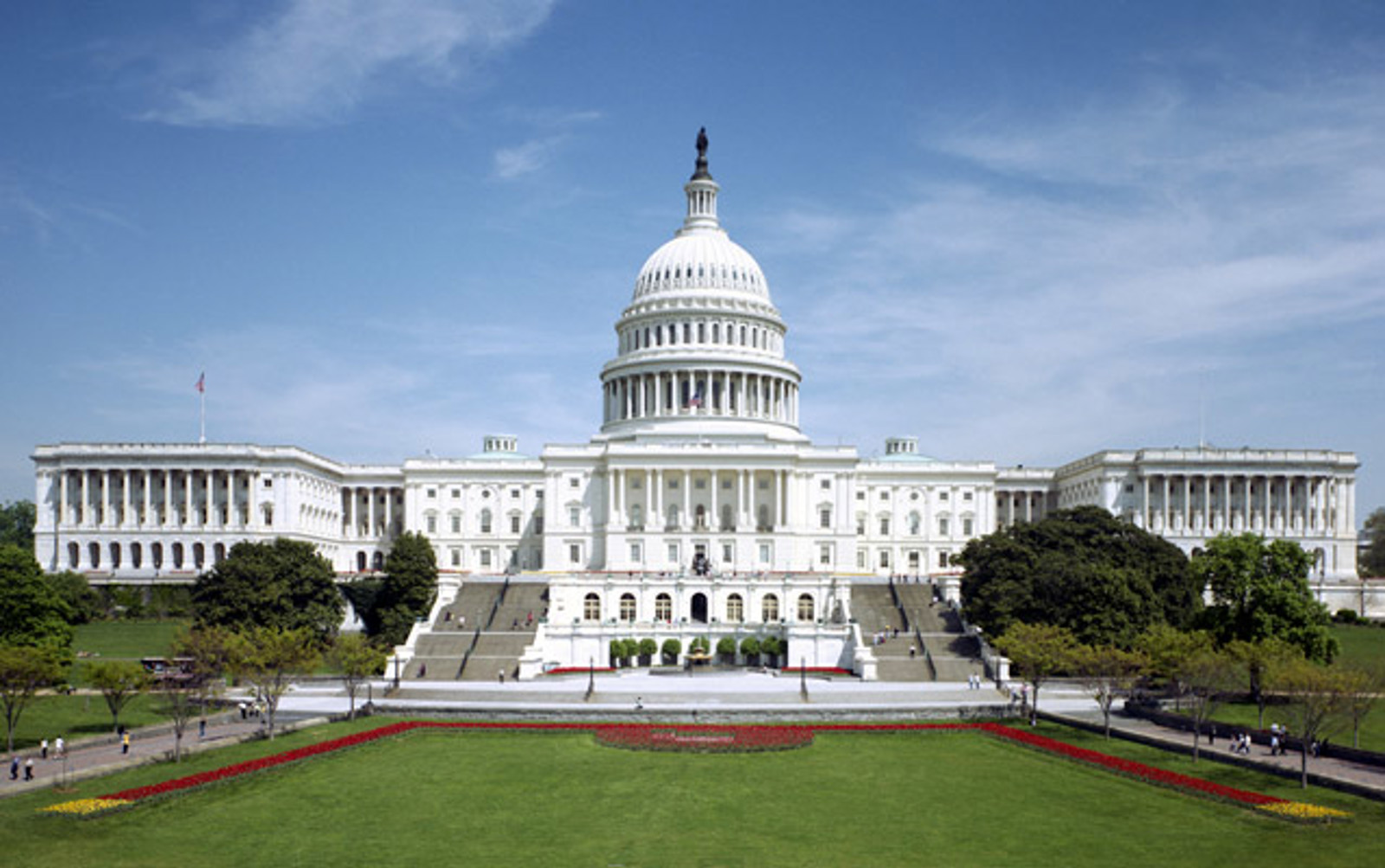Spending Bills Move Forward in Congress
The House and Senate Appropriations Committees were both busy this week moving the FY 2025 spending bills one step further in the funding process. The House committee approved the FY 2025 Labor-HHS-Education appropriations bill on a party-line vote and the Senate committee approved bipartisan subcommittee allocations.
The funding breakdowns indicate just how far apart the House and Senate are on government funding priorities and foretell the budget battle expected post-election in a lame duck session.
The House education funding bill reflects the subcommittee mark, which provides $11 billion less than FY 2024. For student aid, that level of funding translates into a flat Pell Grant award maximum, at $7,395, and flat funding for TRIO and GEAR UP. Supplemental Educational Opportunity Grants and Federal Work-Study funding, however, is cut in half.
In response, the Student Aid Alliance sent a letter to the Appropriations Committee opposing the drastic cuts to these important campus-based aid programs, which are matched by institutional dollars, as such cuts would remove $1 billion of aid available to students if enacted. The Student Aid Alliance has activated its Contact Congress portal for campus communities to engage with their delegations in opposition to these funding cuts.
The House has written all 12 appropriations bills and hopes to have floor votes on them before the summer recess, which begins on August 2.
In the Senate, Appropriations Committee Chair Patty Murray (D-WA) and Vice Chair Susan Collins (R-ME) announced a bipartisan approach to FY 2025 funding, proposing higher subcommittee allocations than the House and additional $34.5 billion in emergency funding; $21 billion for defense and $13.5 billion for non-defense spending.
The committee approved the new subcommittee allocations and will announce the additional emergency funding for each subcommittee when bills are considered. For example, the approved allocation for the Labor-HHS-Education Subcommittee is $198.7 billion, which is $4.4 billion more than FY 2024 and $12.9 billion more than the House. When the Senate marks up its Labor-HHS-Education bill, the additional emergency allocation will be announced. Markup of the bill has not been scheduled but is expected before the August recess.
Additional funds in the subcommittee allocations do not guarantee increased funding for the student aid programs. The differences between the House and Senate funding levels only guarantee spending negotiations later this year.
For more information, please contact:
Stephanie Giesecke

